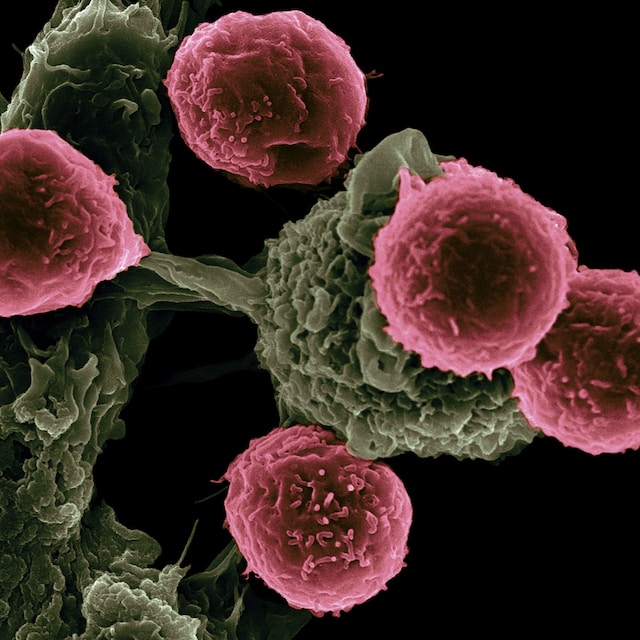Electric cigarettes were initially presented as an alternative to cigarettes, with some brands claiming they were safer. Known as e-cigs, vapes and vape pens, e-cigarettes have proven to be as addictive and, in some respects, equally as harmful as traditional cigarettes.
Less Cancer supports legislation that would label e-cigs to alert consumers about the product’s use of carcinogenic chemicals and other health risks.
Learn more about this harmful product and why Less Cancer advocates for clear consumer protections.
What Are E-cigarettes?
E-cigarettes use a small battery to power a heating element that heats a liquid. Once hot, the liquid is dispersed as an aerosol and inhaled. E-cig liquid is stored in a small tank or cartridge that can be replaced once empty. Some e-cigs are single-use, without a replaceable cartridge.
What Is Vaping? Are Vapes and E-cigs the Same Thing?
E-cigarettes and vapes are different, although the terms are used interchangeably in the media. Most e-cigs look like a traditional cigarettes and are often one piece, though some have a replaceable nicotine cartridge.
Vape pens are similar in components but look distinctly different from cigarettes. To the frustration of many parents and educators, vape pens can look like pens, flash drives and other common household items, making it difficult to keep them out of the hands of young people.
Related: What Is Aspartame?
Do E-cigarettes Contain Nicotine?
Unlike vape liquids, most e-cigarettes have nicotine. It’s important to note that the nicotine level per cartridge varies by brand and may not be reliable. Some studies found that e-cigarettes claiming to be nicotine were full of the chemical.
Why are E-cigarettes Dangerous?
E-cigarettes contain chemicals known to cause lung disease, heart disease, and cancer. Researchers have found more than nicotine and propylene glycol, the chemical that creates the “misty” fog associated with e-cigs and vapes.
Volatile Organic Compounds – VOCs can cause nose, throat, and eye irritation, headaches, liver damage, and nausea.
Flavor chemicals – Certain artificial flavoring substances can cause health issues in certain concentrations or when heated. Several flavorings are derived from diacetyl, a chemical linked to bronchitis obliterans.
Formaldehyde – A known carcinogen, formaldehyde isn’t purposefully added to e-cigs, but it can be created in a vape in some conditions, typically when the liquid overheats.
The Health Risks of E-Cigarettes
E-cigs and vapes haven’t been on the market long enough to provide decisive data. Still, there’s evidence that e-cigarettes have contributed to lung disease. Users have also noted symptoms such as:
- Coughing, shortness of breath, and chest pain
- Nausea and diarrhea
- Fatigue and fever
Unregulated and Unsafe
The greatest risks associated with e-cigs are the unknown ingredients used in the e-liquids. The industry is largely unregulated, a problem exacerbated by the ease of creating and inhaling liquids made at home. The unregulated and unsafe e-cigarettes crisis has pushed the US Centers for Disease Control and Prevention to issue a warning.
Juul’s Seismic Fall
The Juul ban embodies a largely unmonitored industry’s safety and health risks. In June 2022, the FDC banned Juul from marketing or selling its products in the US. Juul quickly filed an appeal. The Juul lawsuit bounced around until the company settled in April 2023 with seven states and the District of Columbia for over $500 million. That payment came from a multi-billion deal in December 2022 with 10,000 plaintiffs in California. While details vary across thousands of individual cases, most lawsuits alleged that Juul:
- Failed to warn users about the danger of Juul products
- Misrepresented health risks
- Negligent quality control
- Failed to meet industry standards for liability
Protecting Young Consumers
In 2022, more than 2.5 million students, including 14.1% of high school students, said they used e-cigarettes. Roughly 27.6% were daily users. With every puff and every use, young people are exposed to potentially toxic chemicals and nicotine, which increases the risk of becoming addition. Stay involved with Less Cancer to help protect students and save lives; donate to our cause today.


Leave A Comment
You must be logged in to post a comment.